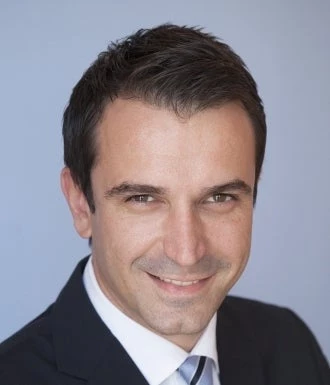As many of my colleagues conveyed at the forum, the definitions, parameters and cut-offs are difficult to assess. In Albania, the old model of the “Ndihma Ekonomike” program, while successful in identifying eligible citizens, led to high errors of exclusion when determining who would be eligible. For example, would-be beneficiaries could get excluded when any member of the family earns income (even through informal jobs). This filter resulted to covering just 25% of the extreme poor.
A new, modernized scheme seeks to address this challenge. The new model links national information systems such as bank accounts, official business registration documents, and national employment databases in determining eligibility. A unified scoring formula is applied based on this information and in targeting beneficiaries of the program. Another feature “nudges” beneficiaries to receive additional benefits for sending their children to school and for giving them regular vaccinations. We also ensured that people from the Roma communities are covered in this new system.
For this new scheme to work, we found that national databases needed to be linked together. For example, Albania’s social assistance database is now linked to the national employment system, where targeted beneficiaries are offered vocational training services in addition to the cash transfer benefit.
We expect the pilot project to be implemented in three regions, covering 50 % of the population, targeting the most vulnerable and significantly increasing coverage.
This week in Brazil, I’m delighted to hear different strategies being implemented by different countries experiencing similar situations. I appreciate the World Bank in selecting Albania as a country example and I am eager to have continued discussions on how some of these strategies can be adopted in Albania.
This post is part of a series appearing from the 2014 South-South Learning Forum – Designing and Delivering Social Protection and Labor Systems – held in Rio de Janeiro, Brazil.
Related:


Join the Conversation